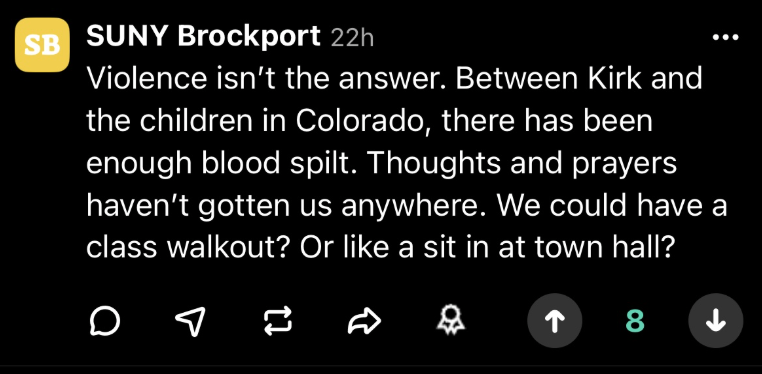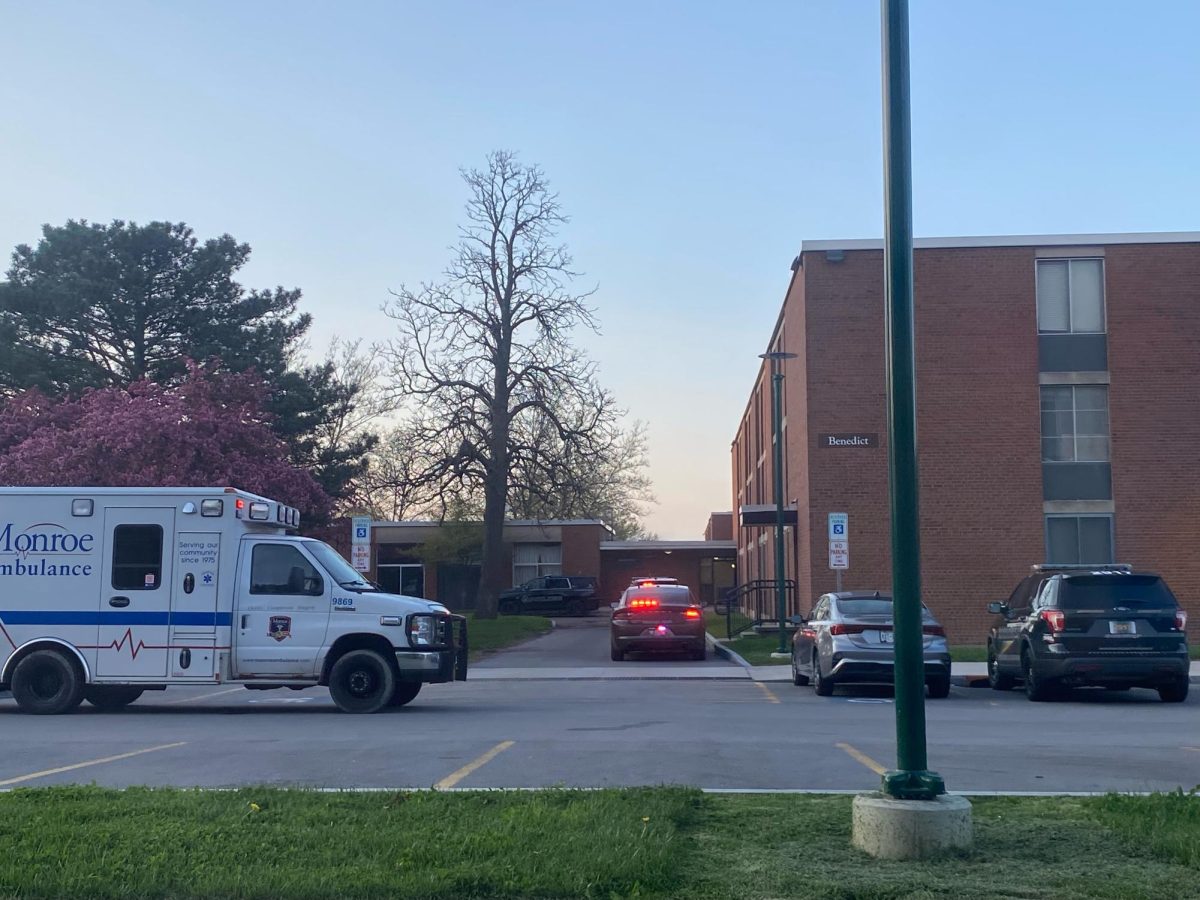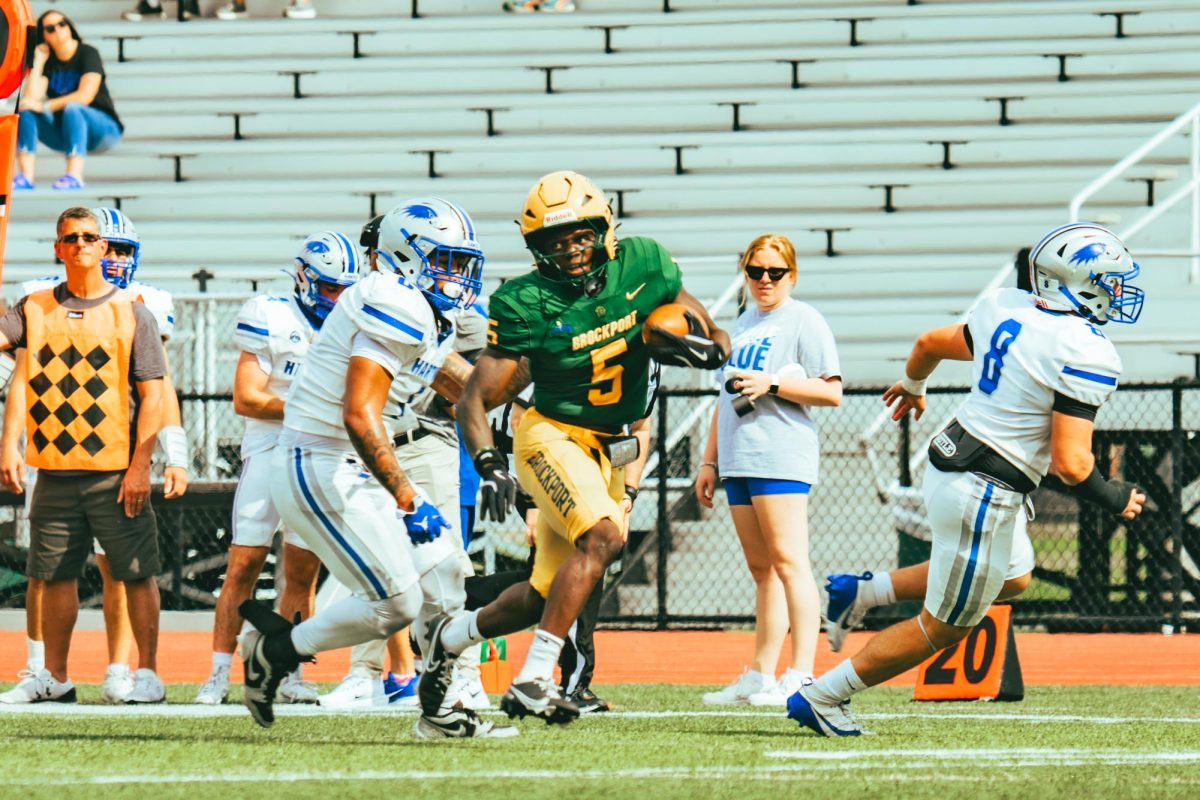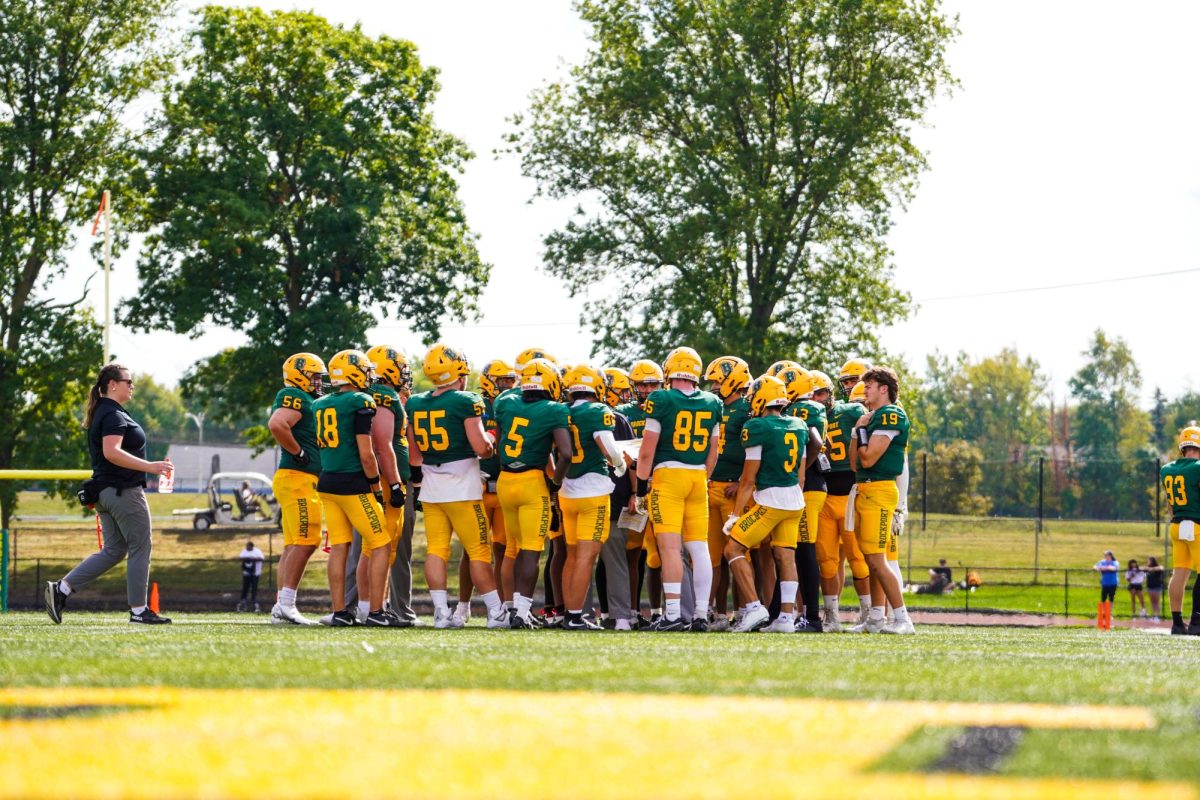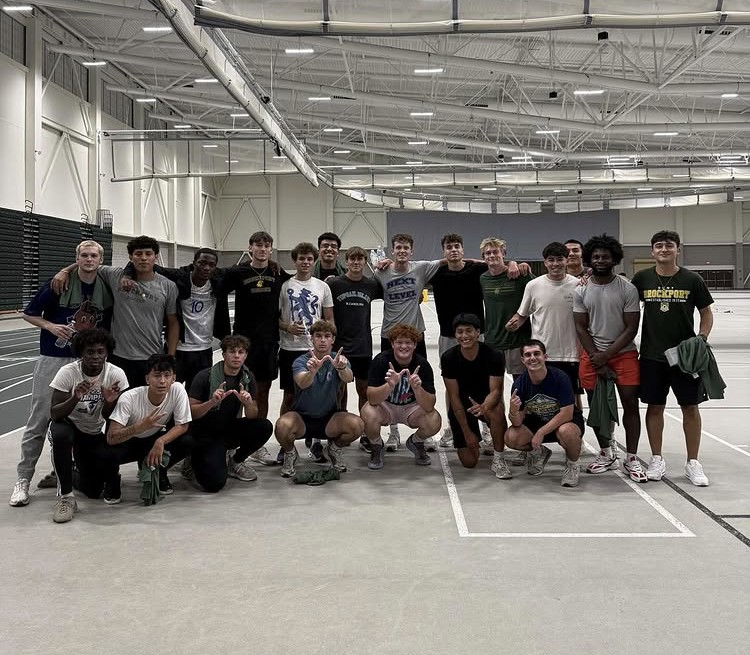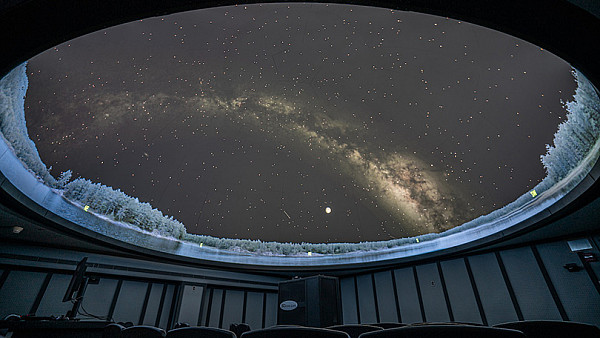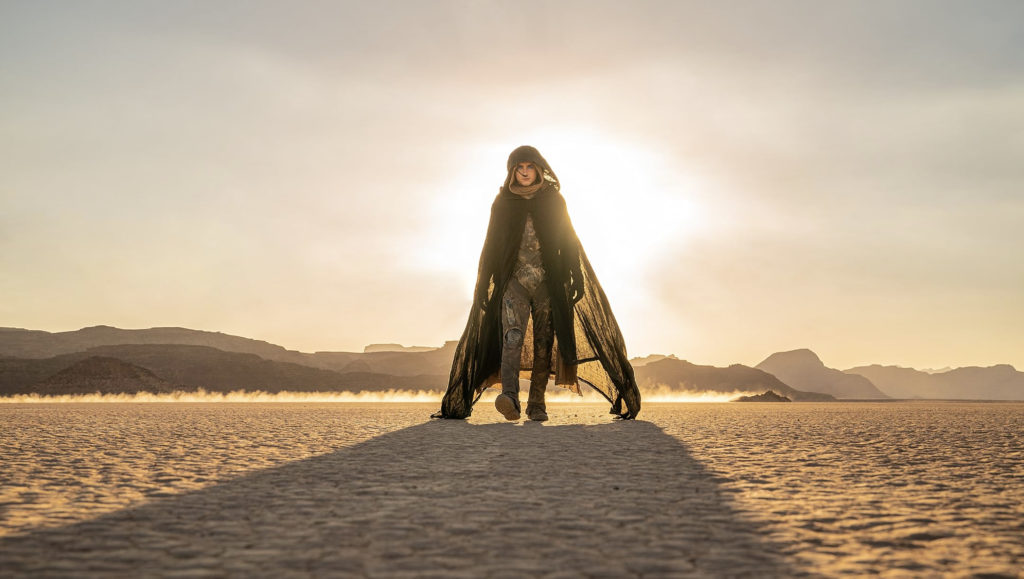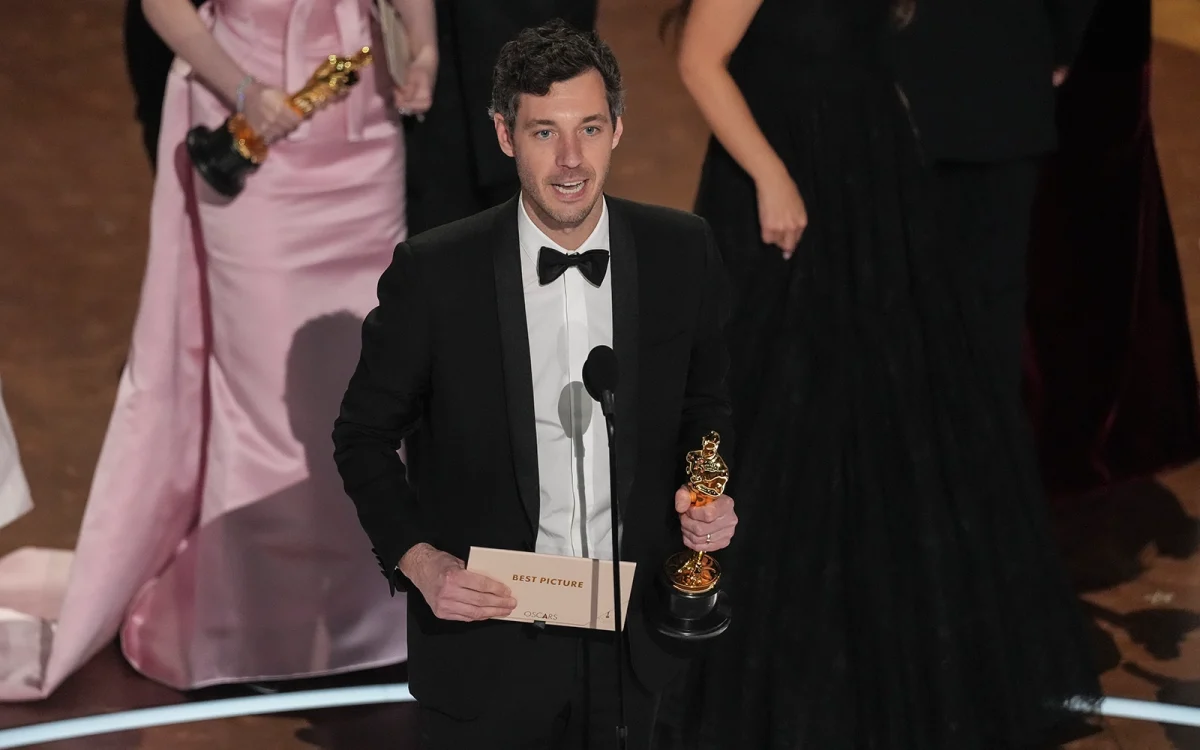In a season of blockbuster films, “Dune Part Two” stands alone. It is a pure spectacle, and every minute reinforces that radiant fantasy feel that the first one captured. There is so much power behind the visuals and the sound that it immediately immerses viewers in Arrakis.
The plot is strong with this one. “Dune Part Two” dons an “Empire Strikes Back” style tale. The fall of House Atredies takes center stage in this larger-than-life sequel. As with most sequels, the later films have more room to explore the characters’ interactions with their environment and with each other.
It was refreshing to see more of the Freman’s on a personal level. I enjoyed seeing the difference in ideology the tribe members had. Warriors like Chani (Zendaya), who fight for themselves and ones like Stilgar (Javier Bardem), who put faith in myths for security. Each member fights for the same cause, but seeing the different outlooks was a nice touch.
As mentioned before, the film is breathtaking. Cinematographer Greig Fraser is a genius in capturing gorgeous sci-fi landscapes (see “The Creator” for more). For a planet full of sand, the landscape, the lighting and color the film displays are all masterful. Visual depth of field is extremely helpful in bringing the massive planet to life on screen. It distinguishes the texture of different surfaces from one and other, making Arrakis more than just sand on rocks. It is pure desolate beauty.
Anakin Skywalker would hate Arrakis. Sand is coarse, rough and gets everywhere. Our pseudo-Anakin, Paul Atreides (Timothee Chalamet) lives in it, much like the former Jedi. There are so many similarities between the two characters, its hard not to compare. This film explores the non-heroic aspects of Paul’s character, much like “Attack of the Clones” did for Anakin. The hood Paul wears, and the color scheme of his outfit is similar to Skywalker’s robe. The “Star Wars” symbolism is full force, mostly because George Lucas was inspired by the “Dune” series.
The symbolism Paul brings to the tribe brings an interesting note on white saviors in the media. The savior of the Muslim distinguished tribe happens to be white. This starts a conflicted hero narrative. He holds power in the masses and becomes a deity in some eyes. A deity which does not represent any member of the tribe fully.
The action sequences aren’t skimped on in this high-octane sequel. More space battles and more blade-on-blade combat really aid the film’s scale. The combat is deep and isn’t covered up by whip pans or fast cutting. The film takes care with its choreography and that makes the battles more epic. The only issue with the action is that the war feels rushed.
A good amount of the battle happens off screen and that does not work in a sci-fi movie. The whole story has been building up to this point, so why rush it?
The Harkonnens, the villains led by Feyd-Rautha (Austen Butler), lose in a heartbeat. The tables are completely turned, with no compelling reason. The Fremen were crushed in the first film and now the Harkonnens can’t do a single thing right. It feels wrong. What happened between the two films?
Another problem I have with this film is the lack of exploration on the impact of spice. Spice is only used as a plot device to make way for bigger political or personal themes. If spice is such an important and powerful substance, I would have liked to see exactly why the political figures in the universe are so obsessed with the control of the drug.
The minor issues in the film do not detract from the massive cinematic masterpiece that is “Dune Part Two.” Hans Zimmer’s stellar score, accompanied with amazing visuals, an all-star cast and strong writing make this film easily one of the best of the year. I highly recommend this movie be watched in IMAX. The popcorn bucket is optional.

